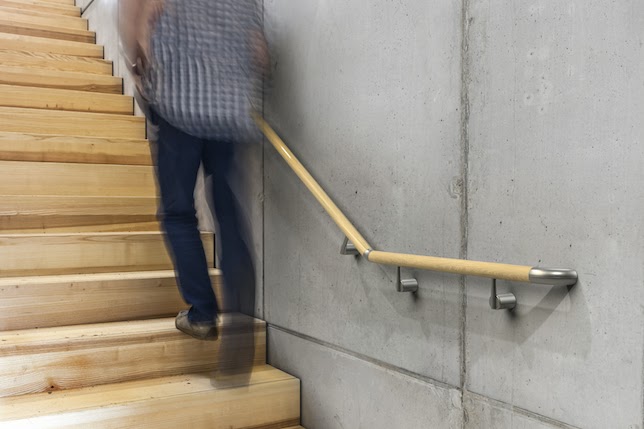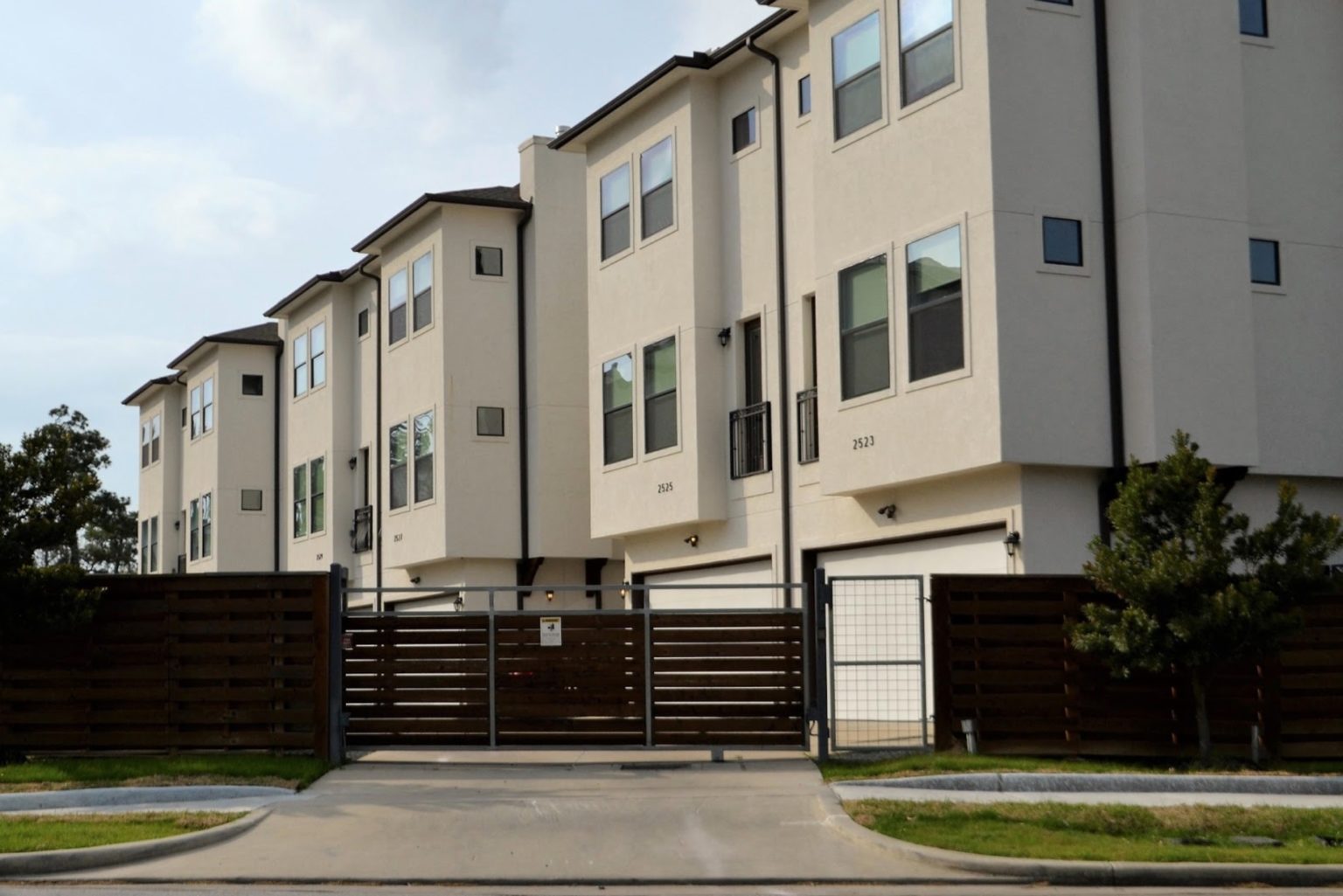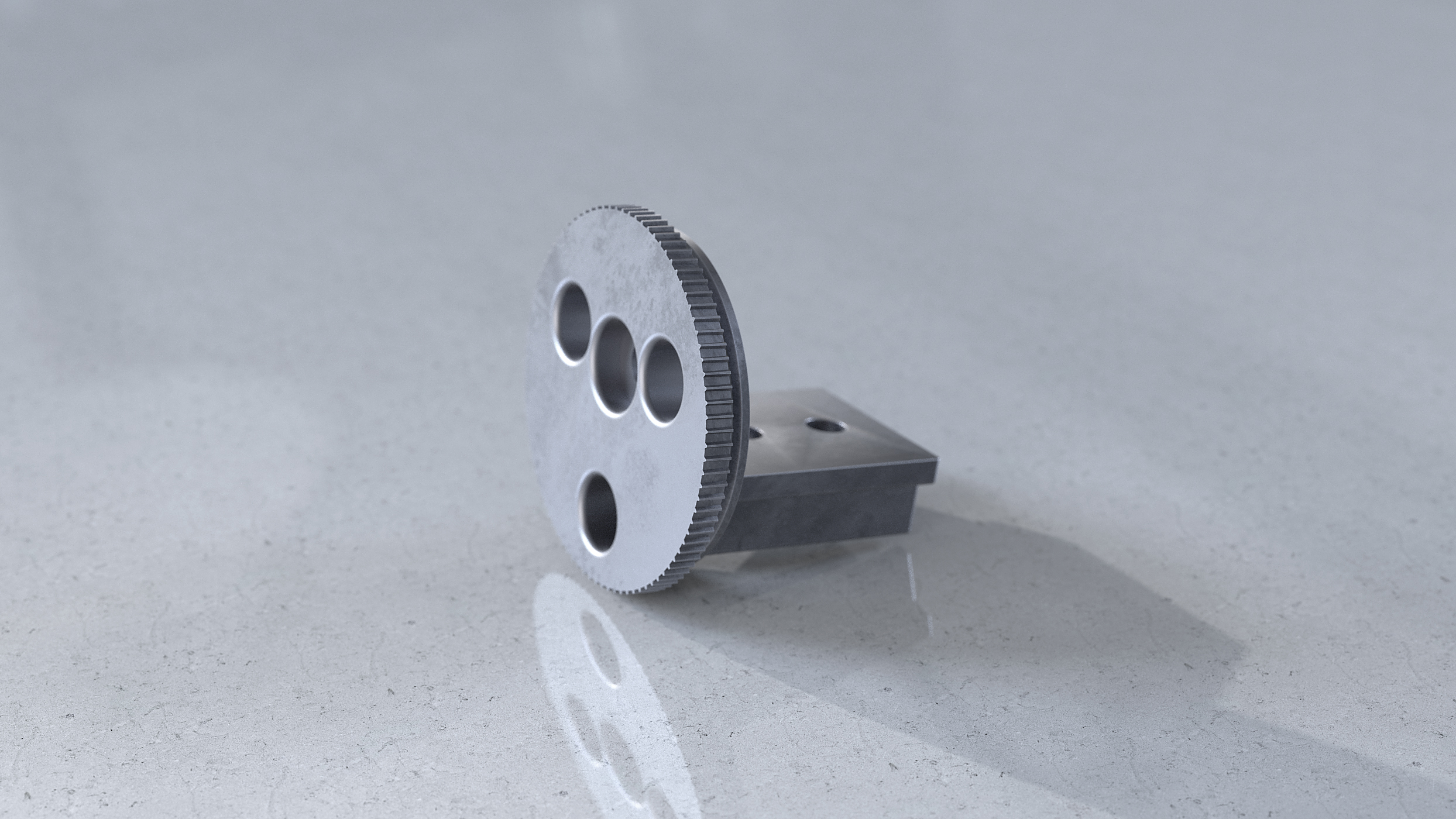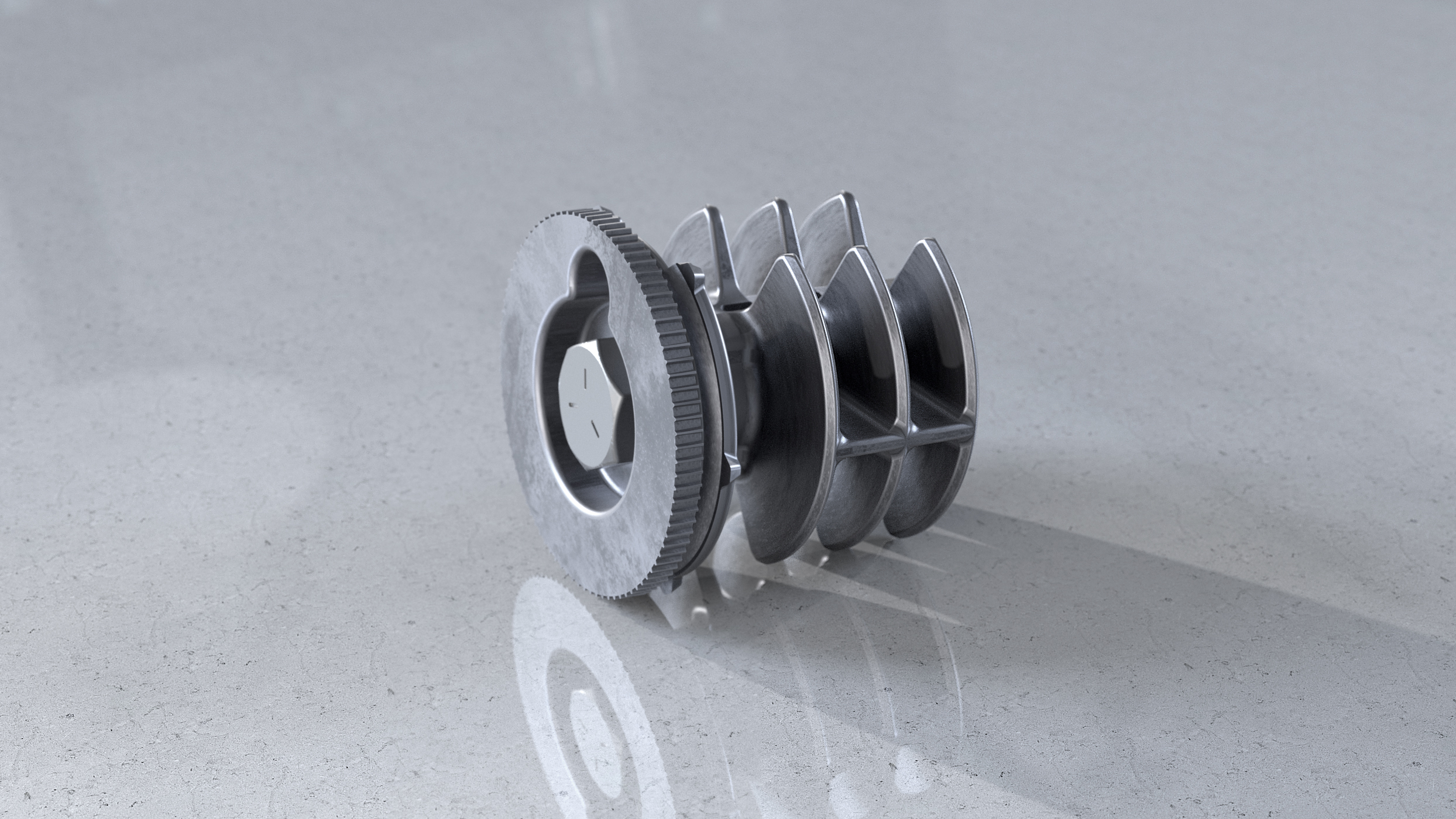What is ADA Compliance?
Compliance with the Americans with Disabilities Act (ADA) is essential to creating an accessible environment to people regardless of physical handicaps. ADA regulations ensure individuals with physical handicaps are able to access environments. These regulations are essential for meeting the building codes for commercial and residential buildings as well.

What is the Difference Between the ADA and Build Codes?
The essential difference between the ADA and building codes revolves around two terms: accessibility and safety.
Whereas as the ADA is centered around accessibility (i.e. all buildings are accessible to those with physical handicaps) building codes are focused primarily on safety (i.e. the construction, and features, of a building are physically safe).
ADA is much broader than physical access, which is why it’s governed by 4 Titles” whereas building codes are governed by only Titles II and III. See Below:
- Title I – Employment
- Title II – State & Local Government
- Title III – Public Accommodations
- Title IV – Telecommunications
Where is ADA Compliance Required?
ADA regulations apply to government buildings at the state, county, and local levels. These buildings include all types of public facilities, such as schools, hospitals, public housing, courthouses, and prisons. Federal facilities aren’t subject to ADA regulations, but they have a separate law that oversees their accessibility requirements which are very similar to the ADA.
The ADA also applies to all commercial buildings in the private sector, including but not limited to:
- Stores and shops
- Restaurants and bars
- Sales and rental establishments
- Service establishments
- Theaters
- Lodging locations
- Recreation facilities
- Assembly areas
- Private museums
- Educational buildings
A private business that serves the public, regardless or size will likely fall under the ADA. Commercial facilities, including “office buildings, factories, warehouses, manufacturing plants, and other facilities whose operations affect commerce” are also required to follow the ADA.
The ADA does not cover private residential housing, though the building codes do include elements of the ADA. On the other hand, ADA Standards do include residential housing requirements that act as public accommodation, including public housing, student and faculty housing, employee housing, nursing homes, halfway houses, and homeless shelters. It also covers temporary housing provided in emergency situations.
In fact, many are mistaken when thinking that ADA compliance is a guideline, best practice or recommendation. ADA is the law, enforced by the Department of Justice and the Department of Transportation.
The Department of Transportation’s regulations look slightly different to accommodate specific situations related to transportation and transportation facilities. ADA Standards are applicable to new construction as well as alterations and additions to existing buildings.
ADA-Compliant Handrails Requirements
To be compliant with ADA, there is a specific set of requirements:
- The top surface of the handrail must be between 34-38” above the nosing of stair treads or the surface of ramps. If a handrail is included on horizontal walking surfaces it must meet the same requirement.

- ADA handrail dimensions require that the diameter of a circular handrail be between 1 ¼-2”. If the cross section of the handrail is non-circular, the perimeter must be between 4-6 ¼” with a maximum cross section of 2 ¼”.

- ADA handrail specs require that the handrail be a minimum of 1 ½” from the wall or adjacent surface, and there must be a minimum of 1 ½” clearance between the handrail and any obstruction on the lower side, including brackets.
- Handrails must be installed on both sides of continuous stairways and ramps with a rise greater than 6”.
- Handrails must extend horizontally 12” beyond the nosing of the top stair and can make a 90-degree turn if it would obstruct the flow of traffic.

- On stairways, the handrail must extend beyond the nosing of the lowest step by one tread depth and can follow the same path and slope as the handrail or make a 90-degree turn if it would be an obstruction to the path of traffic.

- A horizontal extension is not required at the bottom of a stairway however if one is to be included it must be 34” to 38” above the floor, thus would start approximately one tread depth beyond the lowest nosing.
- ADA handrails must terminate by returning to a wall, newel post, guard, or landing surface.
- On ramps, 12” horizontal extensions are required at BOTH ends, that is, the railing must extend 12” horizontally at the upper and lower limits of the slope. Like stairways, the extension can make a 90-degree turn if it would obstruct the flow of traffic
- A 5′ horizontal section of the ramp and, consequently, the railing must be included, starting at the point where the ramp is 30″ above the lower starting point.
- ADA-compliant handrails cannot rotate within their fittings.
Building Code Handrail Compliance vs. ADA Handrail Compliance

ADA Compliance and Building Code Compliance are entirely different. However, the building code compliances for handrails do share some interesting similarities and differences to those of ADA handrails.
Similarities
Building code compliance requires that the physical equivalent of ADA-compliant handrails be positioned on both sides of stairs, ramps, and other inclines in most commercial and publicly-accessible locations.
In addition, building codes require a continuous handrail and wall returns—just like ADA handrails—on at least one side of all stairs, ramps, and other inclines regardless of location.
However, stairs with fewer than four risers, specifically inside private dwellings, are exempted from these requirements.
Differences
Inside private dwellings, building codes permit some features that are not allowed by the ADA. These include handrails on one side only of stairs and ramps, finger-grip profiles as an alternative to a fully-graspable shape, and handrails that are interrupted by newel posts.
Building codes also contain specifications for the load bearing requirements for handrails, whereas the ADA does not set such specific requirements for its handrails.
How Promenaid Meets ADA Compliance with Handrails

- A – Fixed or adjustable bends for continuous handrail
- B – Round profile for optimal grip
- C – 90-degree wall returns that clip in place
- D – Strong brackets providing 1-½” wall clearance and unimpeded hand travel

Promenaid specializes in designing and manufacturing ADA-compliant handrails without sacrificing style. We have created the world’s first handrail combining elegance and strength with easy and fast installation for all types of construction.
All Promenaid handrails have a round profile that is 1.6” in diameter. The revolutionary adjustable and fixed elbows allow for continuity along slope changes and around corners. Snap-on wall returns make ADA compliance quick and simple.

The ease of installation is unparalleled as the patented brackets snap into a continuous channel on the bottom of the handrail. This design creates the ability to adjust the brackets when needed and ensure they are placed correctly before attaching the railing to the wall or other support. With a simple turn, they snap into the channel and their L-shaped design ensures that there is 1 ½” of clearance between the handrail and bracket as well as between the handrail and wall for uninterrupted support when climbing or descending a stairway.
Choosing ADA-compliant Handrails
When choosing handrails that meet ADA handrail guidelines, choosing a product that is focused on quality and ease of installation and is specifically engineered to meet all ADA handrail specifications is essential. Promenaid handrails have been tirelessly engineered to take into account all ADA handrail requirements. They also have the additional benefits of elegance, versatility, and style.

Ensuring code compliance for the ADA handrails requirements can seem complicated and overwhelming, but Promenaid is here to help.
All of our handrails meet the ADA handrail specs, making it one less thing you have to worry about when it comes to ADA code compliance and the safety of those utilizing your facilities.







